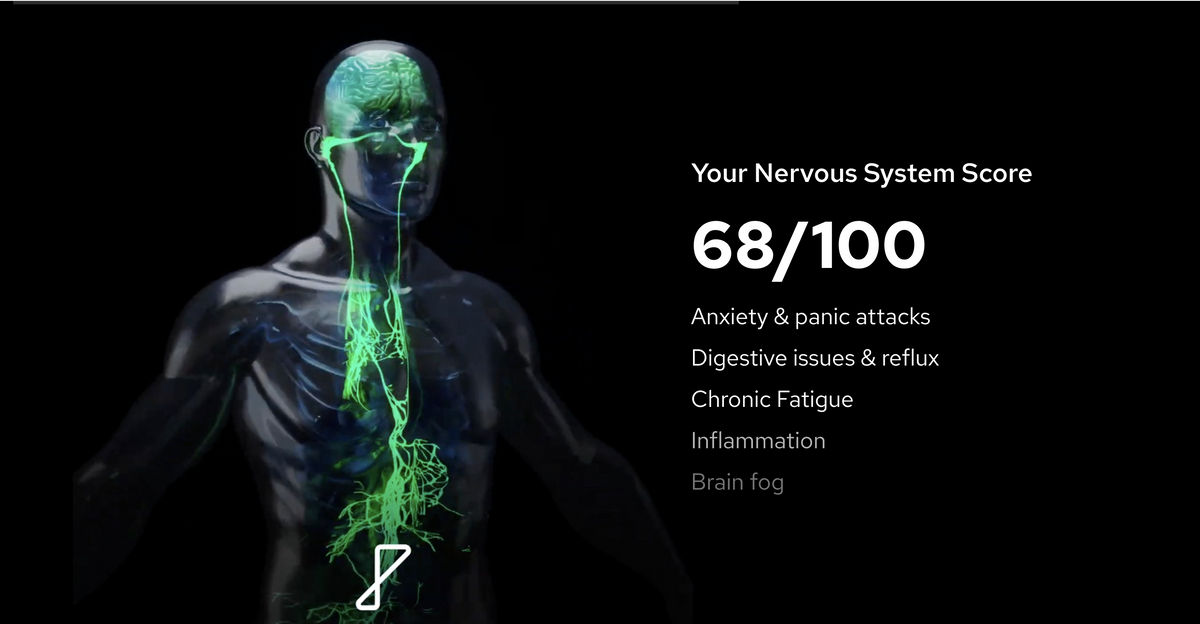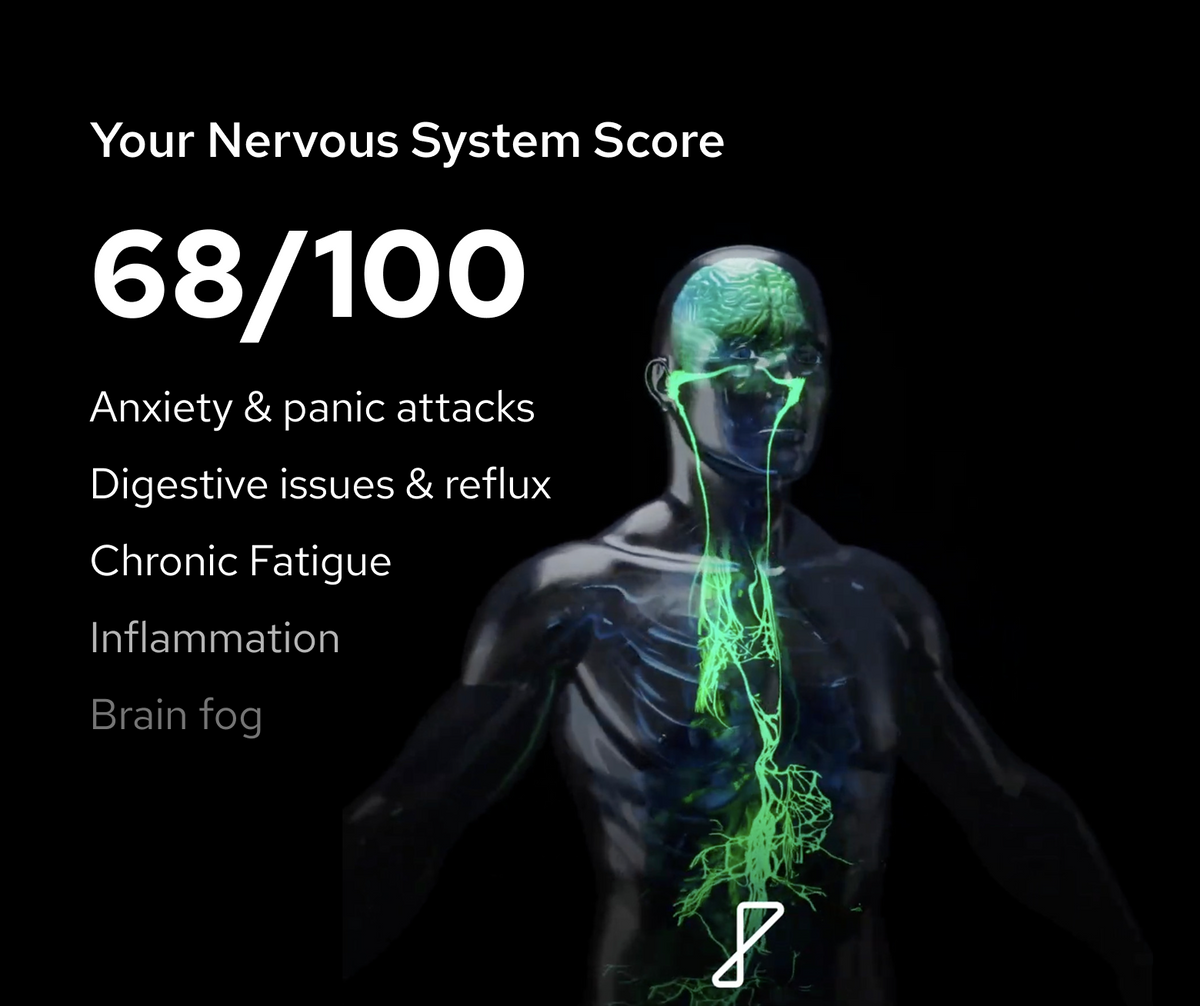The key to Post-Viral Fatigue: Mechanisms and Potential Therapies
 |
Clinical Psychiatrist Translational Research Lead at Parasym. |
With more than 4 millions deaths and around 200 millions confirmed cases worldwide in 18 months, COVID-19 is the first disease since the Spanish influenza pandemic to have demanded an urgent global healthcare response (World Health Organization, WHO).
Despite delays and misalignments in the management of the public health response across countries, as of August 2021 a total of 4.91 billion vaccine doses have been administered, to change the trajectory of the pandemic.
Despite the number of daily new COVID-19 cases and COVID-19-related deaths being potentially beyond their worst peak, long-term effects of COVID-19 infection are a growing health concern.
The first reports of COVID-19 symptoms persisting beyond the expected virus course date back to the earliest months of the pandemic. In December 2020, the National Institute for Health and Care Excellence (NICE) published a guideline for clinicians acknowledging that some patients present prolonged multiorgan symptoms and complications beyond the initial period of acute infection and illness.
These longer-term sequelae of illness in COVID-19 survivors, termed as “postacute COVID-19” or “long COVID-19”, are now recognised as a prevalent syndrome diagnosed in patients who developed severe acute COVID-19 as well as in patients who experienced only mild or asymptomatic cases.
It is estimated that up to 87% of hospitalized patients and approximately 35% of patients treated for COVID-19 develop long COVID-19, making this syndrome a highly concerning public health threat.
Long COVID-19 symptoms and causes
Long COVID-19 is a heterogeneous syndrome associated with different chronic symptoms such as fatigue, persistent cough, shortness of breath, muscular and bone pain, swollen nose mucous membranes, loss of taste and smell, sore throat, palpitations, headache, insomnia, cognitive dysfunction, difficulty in maintaining the upright position, and muscle weakness.
It is likely that differences in long COVID-19 symptom clusters are underpinned by different biological contributors, including:
- Direct effect of injury to one or multiple body sites due to previous COVID-19,
- Presence of persistent reservoirs of SARS-CoV-2 and consequent chronic inflammatory response,
- Dysautonomia through infection of endothelial cells, extra-cardiac postganglionic sympathetic neurons or the brainstem (Goldstein 2021; Proal and VanElzakker 2021),
- Re-activation of neurotrophic pathogens under conditions of immune dysregulation previously caused by COVID-19, and
- Autoimmunity due to molecular mimicry between pathogen and host proteins. Patients who were asymptomatic during acute COVID-19 disease and experience relapsing chronic symptoms may be more likely to harbour persistent reservoirs of the virus, while patients that develop chronic symptoms after hospitalization for acute COVID-19 may be more likely to suffer from injury to one or more body sites.
Contrary to the epidemiology of acute COVID-19 (where male patients and over 50s are the most severely affected), long COVID-19 sufferers are often relatively young and overwhelmingly female.
This epidemiological observation supports the hypothesis that the reactivity of the immune system (either towards inflammation or autoimmunity) plays a relevant role in determining the development of chronic symptoms and should hence become a main treatment target.
Women have generally stronger immune responses than men - from an evolutionary perspective explained by the need to protect the offspring during pregnancy - at the price of higher prevalence of autoimmune disorders.
Some studies conducted in patients with long COVID-19 have reported the presence of self-directed autoantibodies against a range of tissues which could explain many of the common symptoms, from cognitive dysfunction to excessive or overactive autonomic nervous system (dysautonomia), with generally higher autoantibody levels observed among women.
In addition, it has been found that T cells – a group of lymphocytes that destroy virus-infected cells – are much more active in women than in men and that is thought to lead to a better response in the early stage of the COVID-19 infection; however, the fragments of the virus that manage to linger in reservoirs in the body are more likely to trigger waves of chronic inflammation and higher levels of cytokines in women than in men, leading to the symptoms of pain, fatigue and brain fog experienced by many with long COVID-19.
Irrespective of the underpinning pathological mechanisms involved, either virus or immune-mediated, it seems that dysfunctional brainstem signaling may be one of the most important drivers of long COVID-19 symptoms.
Emerging treatments
Beyond the permanent injuries that acute infection can leave, persistent infection, chronic inflammation and autonomic dysfunction are pathological mechanisms that can be targeted in the treatment of long COVID-19.
If the problem is a persistent COVID-19 infection, you might want to treat those patients similarly to the acute infection, with antivirals.
Autoimmune/inflammatory conditions could instead be treated with immunosuppressive drugs, such as steroids, or biologics. Other non-drug therapeutic options are emerging as effective treatments for hyperinflammatory states.
Non-pharmacological techniques like Neuromodulationcan in fact avoid the iatrogenic effects embedded in immunosuppressive drugs, such as risks of infection, malignancy, cardiovascular disease and bone marrow suppression, and are much cheaper than biologics.
Extensive literature has demonstrated how the autonomic nervous system and the vagus nerve in particular survey systemic inflammation through a reflex system and can activate a neuronal anti-inflammatory signal to prevent deleterious inflammation.
The vagus nerve can modulate dual autonomic and anti-inflammatory actions. This is possible through its afferent fibre parasympathetic control and via activation of the hypothalamic pituitary adrenal axis and inhibition of the release of tumor necrosis factor (TNF) alpha by splenic macrophages.
This anti-TNF-alpha effect has also been investigated for the control of inflammatory disorders such as rheumatoid arthritis, Crohn’s disease and ulcerative colitis. Electrical stimulation of the vagus nerve has been previously approved for the treatment of refractory epilepsy in 1997 and for the treatment of chronic depression in 2005.
Clinically, VNS can be achieved pharmacologically or electrically via invasive cervical vagal stimulation or non-invasively via the ear or by electroacupuncture.
Parasym’s technology targets the auricular branch of the vagus nerve which projects to the brainstem. This novel approach has been clinically shown to safely modulate the autonomic nervous system and significantly decrease systemic inflammation and atrial fibrillation inducibility in patients with paroxysmal atrial fibrillation.
These positive clinical results on two dominant mechanisms of Long-COVID suggest the importance of investigating this non-invasive, non-drug therapeutic approach as an alternative to conventional immunosuppressive and biologics drugs, which are not devoid of side effects feared by patients.
Parasym and long COVID
A recent study conducted in partnership with the Human Waves Clinic and Université Libre de Bruxelles evaluated Parasym’s proprietary neurotechnology in application to Long-COVID patients. The study was successful with patients showing improvements in both physiological and qualitative metrics. Significant improvements in fatigue levels, depression and clustered long covid symptoms were seen, as well as improvements in autonomic tone and grip strength. Parasym is now working with some of the world’s leading autonomic dysfunction research centres to conduct larger randomized trials, with the aim of providing a safe and effective treatment for those suffering from Long-COVID.
Conclusion
After the public emergency given by Covid-19 acute infection, Long-COVID syndrome is emerging as the new public health challenge that requires additional efforts in terms of pathophysiological understanding and treatment approaches.
Recent findings highlight the relevance of hyperinflammation and dysautonomia indicating the usefulness of non-invasive neuromodulatory approaches.
About the author
Dr Elisabetta Burchi, MD, PhD, MBA
Dr Burchi is a clinical psychiatrist, expert in Neuromodulation and leads translational research at Parasym. Her postdoctoral work focused on innovative neuromodulatory treatment approaches, conducted at the Albert Einstein College of Medicine, NY, USA.
References:
World Health Organization, Covid-19 Dashboard
COVID-19 rapid guideline: managing the long-term effects of Covid-19. NICE guideline [NG188]Published: 18 December 2020
Why are women more prone to long Covid?, The Guardian, 13/6/2021 https://www.theguardian.com/society/2021/jun/13/why-are-women-more-prone-to-long-covid
Proal AD and VanElzakker MB (2021) Long COVID or Post-acute Sequelae of COVID-19 (PASC): An Overview of Biological Factors That May Contribute to Persistent Symptoms. Front. Microbiol. 12:698169
Fudim M, Qadri YJ, Ghadimi K, MacLeod DB, Molinger J, Piccini JP, Whittle J, Wischmeyer PE, Patel MR, Ulloa L. Implications for Neuromodulation Therapy to Control Inflammation and Related Organ Dysfunction in COVID-19. J Cardiovasc Transl Res. 2020 Dec;13(6):894-899
Bonaz B, Sinniger V and Pellissier S (2021) Therapeutic Potential of Vagus Nerve Stimulation for Inflammatory Bowel Diseases. Front. Neurosci. 15:650971.
Dani M, Dirksen A, Taraborrelli P, et al. Autonomic dysfunction in 'long COVID': rationale, physiology and management strategies. Clin Med (Lond). 2021;21(1):e63-e67. doi:10.7861/clinmed.2020-0896
Raveendran, A. V., Jayadevan, R., & Sashidharan, S. (2021). Long COVID: An overview. Diabetes & metabolic syndrome, 15(3), 869–875. https://doi.org/10.1016/j.dsx.2021.04.007
Proal, A.D. and VanElzakker, M.B., 2021. Long COVID or Post-acute Sequelae of COVID-19 (PASC): An Overview of Biological Factors That May Contribute to Persistent Symptoms. Frontiers in Microbiology, 12, p.1494.
Disclaimer: Please note that Parasym does not provide medical advice. The information provided is not intended to replace the care or advice of your doctor or a qualified healthcare professional. Always consult your doctor for all diagnoses and treatments for any diseases or conditions, including any changes to your healthcare regimen.



